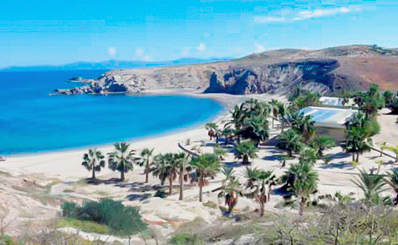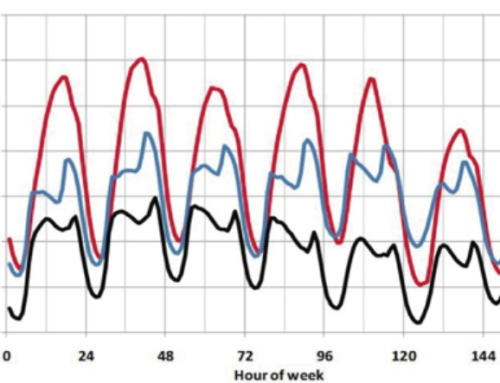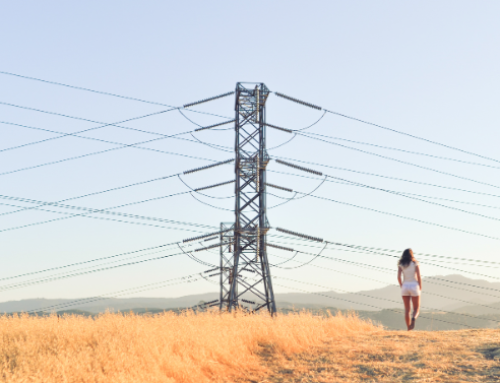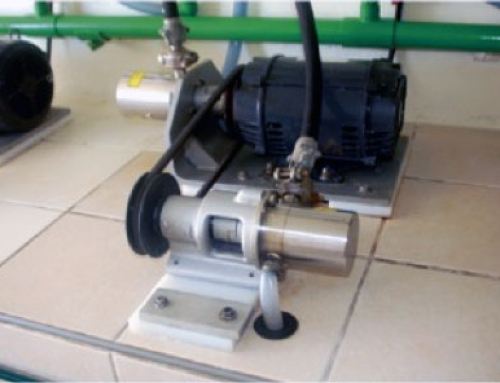Water and Energy are the two most basic and important aspects of off grid living. Since 2001, Sisyan has shown that Solar Photovoltaics and Reverse Osmosis Desalination can make for a reliable, efficient source of energy and water. Until recently, the lead acid batteries required to produce water around the clock have accounted for over 60% of the cost of desalinated water. Those economics are rapidly changing, and off-grid solar desalination is becoming a more economical option for anyone considering off grid living.
The ability to desalinate seawater anywhere there is sun also transforms the potential for development on arid, off grid land. As the cost of solar panels and batteries continue to drop, growing food in the desert will become more common. Sustainable, off-grid communities need only a source of seawater (or brackish groundwater) and the sun.
Sisyan LLC uses an energy management system with variable frequency drives to directly utilize the DC current provided by solar PV panels and battery banks. This creates an efficient, flexible demand that works well with the variability provided by solar energy. The flexibility makes Solar Desalination an attractive option for microgrids, which can include a desalination plant as a sacrificial load. The amount of flexibility on a microgrid is what determines the amount of variable renewable energy (VRE) sources such as wind turbines and solar PV panels the microgrid can absorb.
Water production is an ideal sacrificial energy load because water can be easily stored while energy cannot. The extra water produced during solar hours can be used at night or whenever needed. Extra water can be used to water crops or a hydroponics system.
Sisyan LLC uses a modular system consisting of any number of 3hp or 30 hp pumps. As such, the system can be easily designed for anything from single residences, large hotels, communities, and small cities. If there is an electric grid available, the flexible desalination modules can provide flexibility and increase resilience to the electric grid. This is in contrast to large, conventional desalination plants with a constant energy demand.
As the ability for desalination plants to reduce energy consumption is limited by laws of physics, becoming a part of renewable energy infrastructure is the only way to reduce and eliminate greenhouse gas emissions associated with desalination.









[…] osmosis system pumps up enough water during the day, to cope with the nights. This allows an off-grid system which operates constantly, using only the fluctuating energy from the sun, wind or waves. This […]